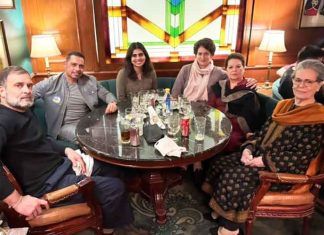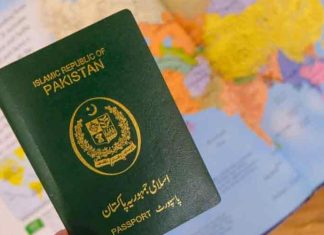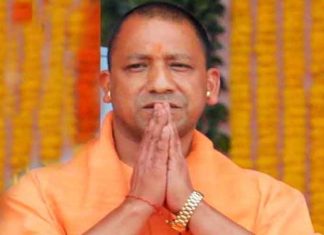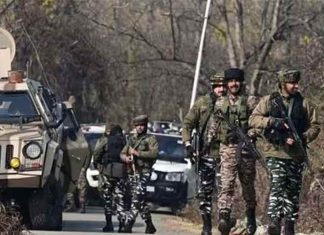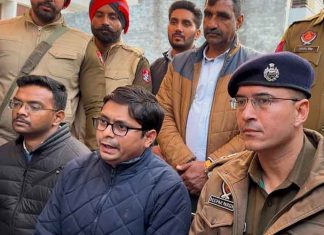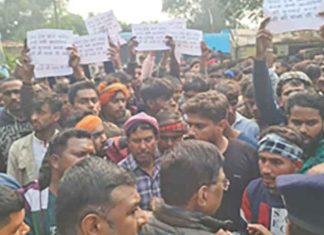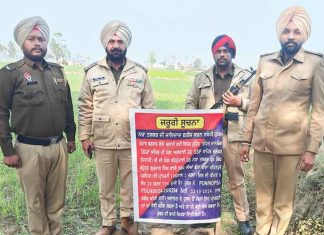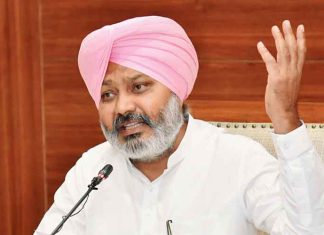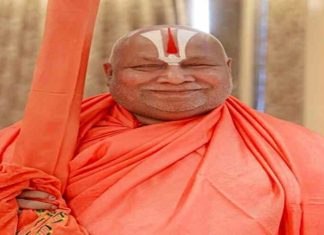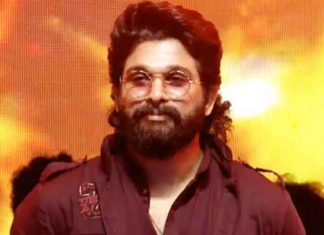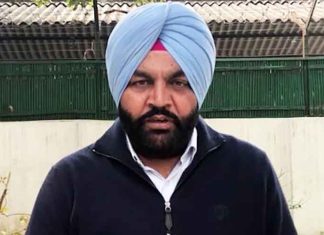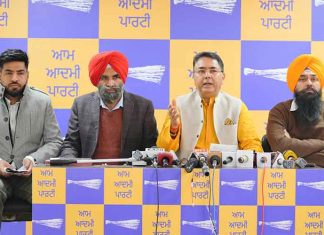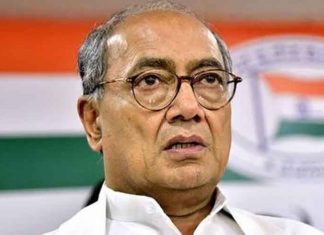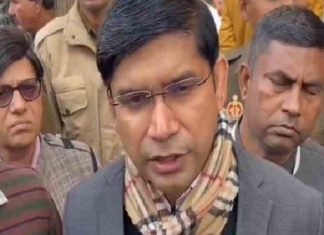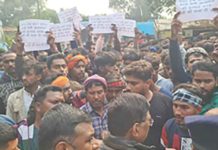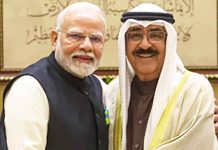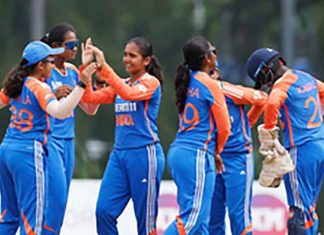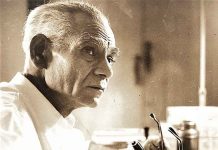New Delhi, Oct 7 2024-
Lata Mangeshkar had admitted that one high point in her life was hearing her name on the radio — as a mere listener requesting a ghazal by the acclaimed Begum Akhtar; Kaifi Azmi started writing ghazals again so she could pick one to render, Ustad Bismillah Khan frequented her rehearsals to hear one particular note, and Satyajit Ray knew it was her presence that would make his “Jalsaghar” sparkle.
Hindi film composer Madan Mohan, Pandit Jasraj — who was drawn to music after hearing one of her trademark ghazals when aged six, Shobha Gurtu, Shubha Mudgal, Shruti Sadolikar, and Malini Awasthi were among others inspired by her.
But apart from these and other icons, the lay people were also in thrall to the magic of the lilting, deep, and richly-timbered voice, with its underlying motif of pathos, of ‘Mallika-e-Ghazal’ Begum Akhtar, who was born this day (October 7) in Faizabad.
Pune businessman Satish Tanksale had heard her at the Sawai Gandharva Sangeet Mahotsav, organised by Pandit Bhimsen Joshi in honour of his guru, in 1968 and instantly became a fan, though he hardly knew Hindi, let alone Urdu. At ‘music houses’, where fans could hear their choice of records for 25 paise, he listened to her regularly, and then, learned Urdu. He also went to Lucknow to visit her grave, and found it with great difficulty. Aghast at its decrepit condition, he cleaned it up himself — a chore he repeated for many years.
However, Begum Akhtar, despite her fame and elegant mien, always remained generous, courteous, and humble, exemplifying the Lakhnavi and Ganga-Jamuni tehzeeb she was steeped in. She observed Muharram but also performed at Holi and Dussehra in the court of the Raja of Ayodhya.
Her disciple Shanti Hiranand said that she was told to “never think that you sing very well” because “the day you think so is the day you will lose the music.” In a conversation with music scholar Yatindra Mishra, she recollected that once in Pune, they heard a rather ordinary artiste singing lavani. When the performance was over, Begum Akhtar went and touched his feet.
“I am showing my respect to the goddess of knowledge, Saraswati, who resides on your tongue,” she told the astonished artiste.
In her transformation from Akhtari Bai Faizabadi, a courtesan’s daughter, to Begum Akhtar, the wife of a barrister from a leading landed family of Lucknow, an eminent singer of light classical music — and the first woman to accept disciples (Shanti, Anjali Banerjee, Deepti Bose, Rita Ganguly), it was a long and arduous journey, ending in massive and fatal heart attack a day after a packed Ahmedabad concert in October 1974.
Training under several ustads, she began singing in theatre and films, performing in soirees, including several princely courts from Jammu and Kashmir to Rampur to Hyderabad — and a fund-raising concert for the devastating 1934 Bihar earthquake. Here, the teenaged Akhtari held the audience spellbound after many leading artistes failed to turn up as there would be no remuneration, and earned the admiration of Sarojini Naidu.
Then, there was the “silent period” after her marriage, though the details are contradictory.
Coming back to her art, it was Begum Akhtar, who, along with K. L. Saigal and some others, gave new life to the ghazal, bringing it out of the ‘kothas’ and the rich’s soirees to the common people to relish. In this, she paved the way for Farida Khanum, Mehdi Hasan, Jagjit Singh, and Pankaj Udhas, among many others, to become household names.
Apart from imbuing a classical touch, her technique involved selecting particular couplets of classical poets like Ghalib, Mir, Zauq, among others, that would register easily, and leaving out those that were too Persianised or intricate.
Take Ghalib’s ‘Dil hi to hai’ where ‘Jab vo jamaal-e-dilfaroz, surat-e-mahr-e-nimroz/Aap hi ho nazaarasoz, parde mein munh chupaaye kyun’ is among those skipped or Momin’s ‘Woh jo ham mein tum mein qaraar tha’ where ‘Hue ittefaaq se gar baham, vo wafa jataane ko dam-ba-dam/Gila-e-malaamat-e-arqaba, tumhen yaad ho ke na yaad ho’ does not figure.
She also took up modern poets like Firaq Gorakhpuri, Faiz Ahmed Faiz, Kaifi, and Jigar Moradabadi, but particularly Shakeel Badayuni and Sudarshan Faakir, who penned two of her most famous renditions — ‘Ae mohabbat tere anjaam pe rona aaya’, and ‘Kuch to duniya ki inayat ne dil torh diya’, respectively.
But, the ‘Mallika-e-Ghazal’ did not remain confined to it or the related thumri, and was also known for presenting the age-old rural rhythms of her Awadh, as well as Braj, in dadras, kajris, chaitis, horis, and baramasa. ‘Kaun tarah se tum khelat hori re’, ‘Ghir kar aayi badariya Ram’, ‘Jab se siddhare Shyam’, ‘Koyaliya mat kar pukar’, and ‘Hamri atariya pe aao’ are some examples. (Agency)






